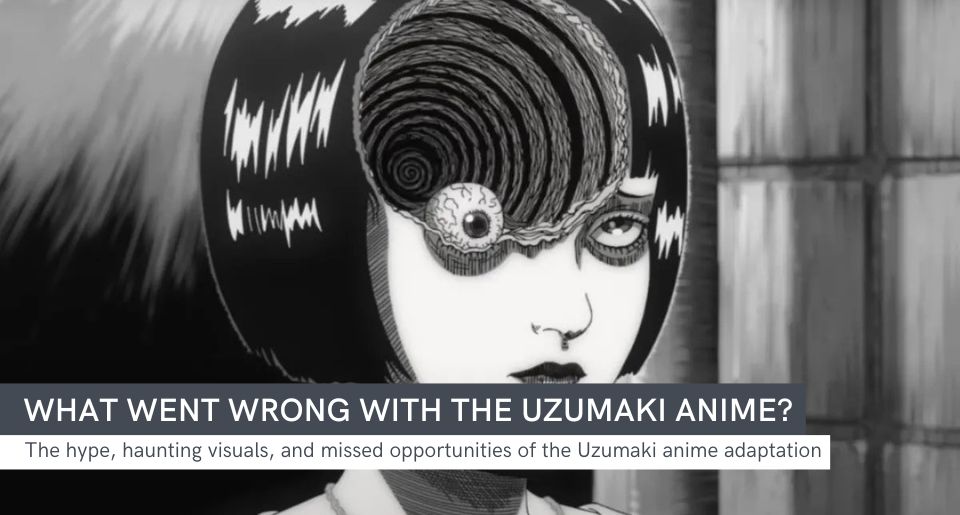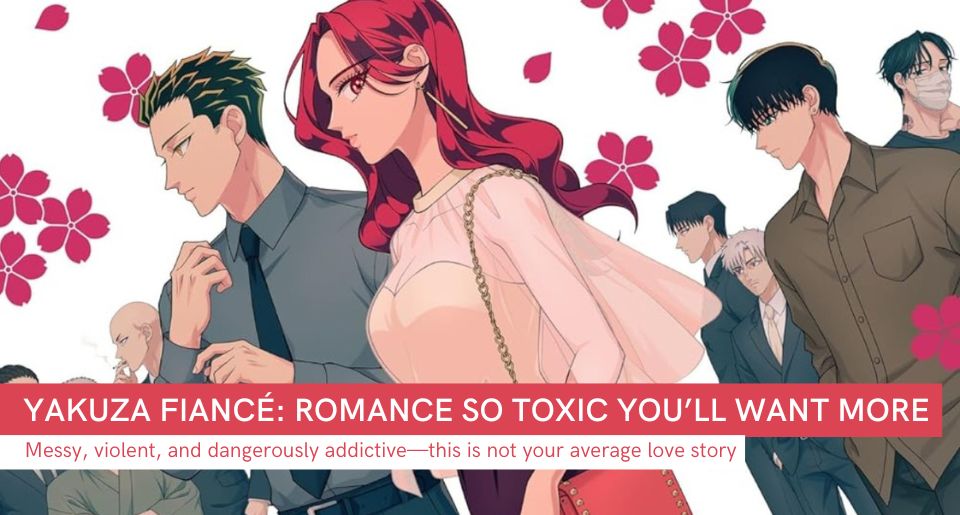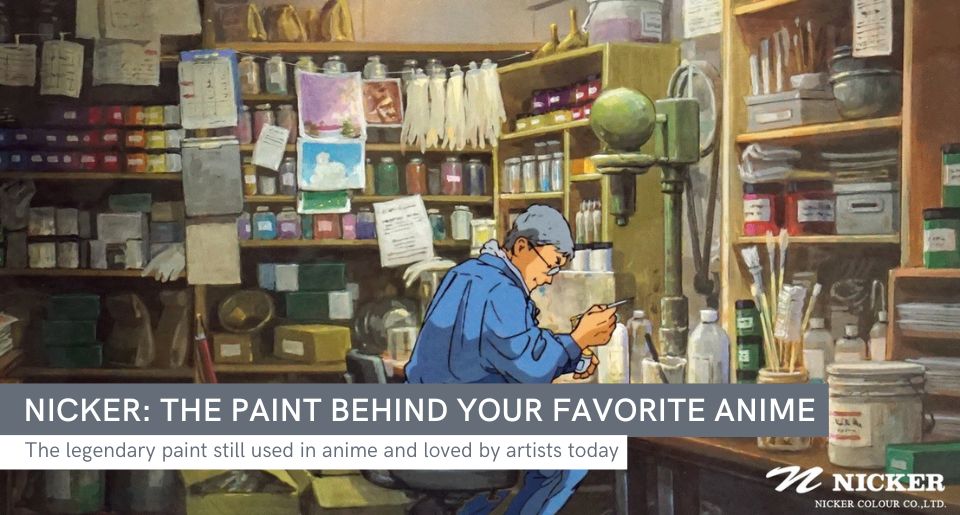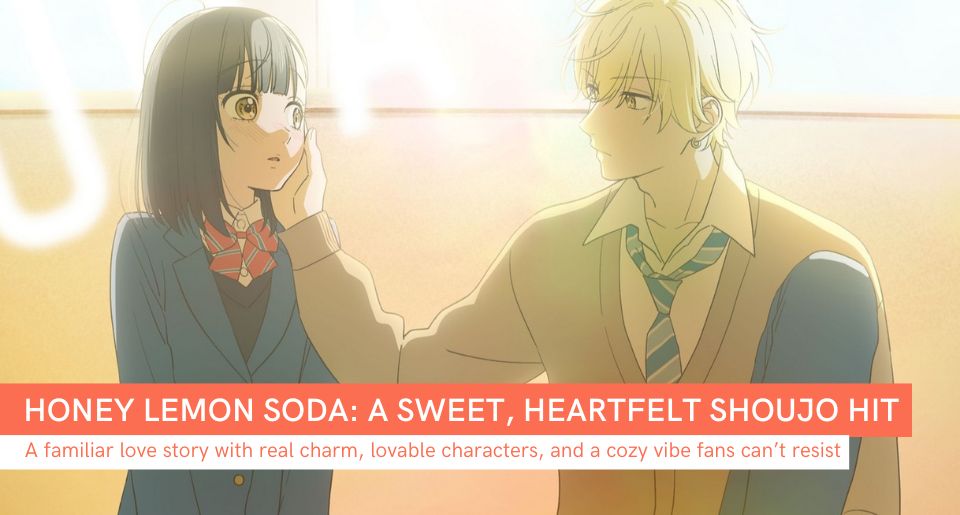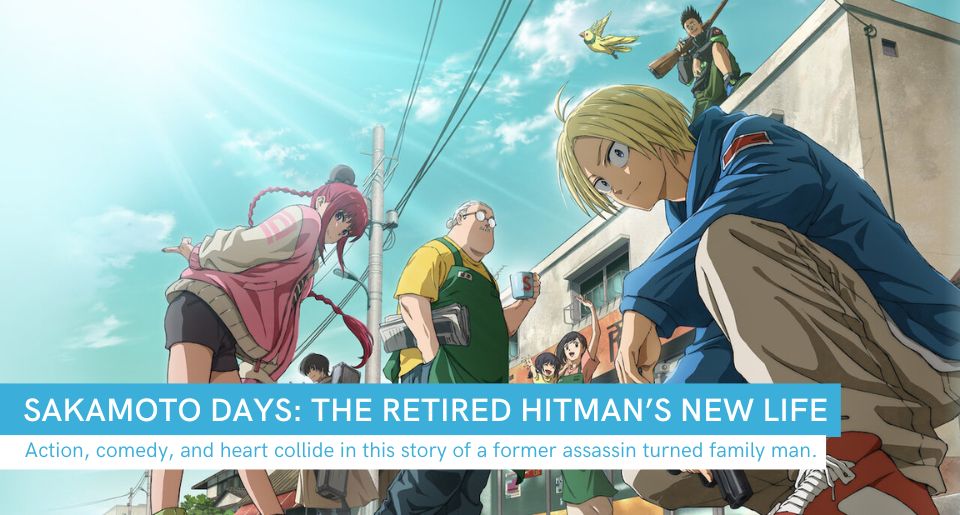Introduction
It’s hard to deny that when news broke of Uzumaki getting an anime adaptation, fans were beyond excited. This wasn’t just any adaptation—it was the legendary Junji Ito’s Uzumaki, a chilling tale about a small seaside town cursed by spirals that drive its residents into insanity and gruesome transformations. Fans expected this to be the next level in horror animation, a masterpiece that would finally do justice to Ito’s spine-tingling manga. Unfortunately, as the final episode aired, many fans were left asking: What went wrong?
The Promise and the Hype
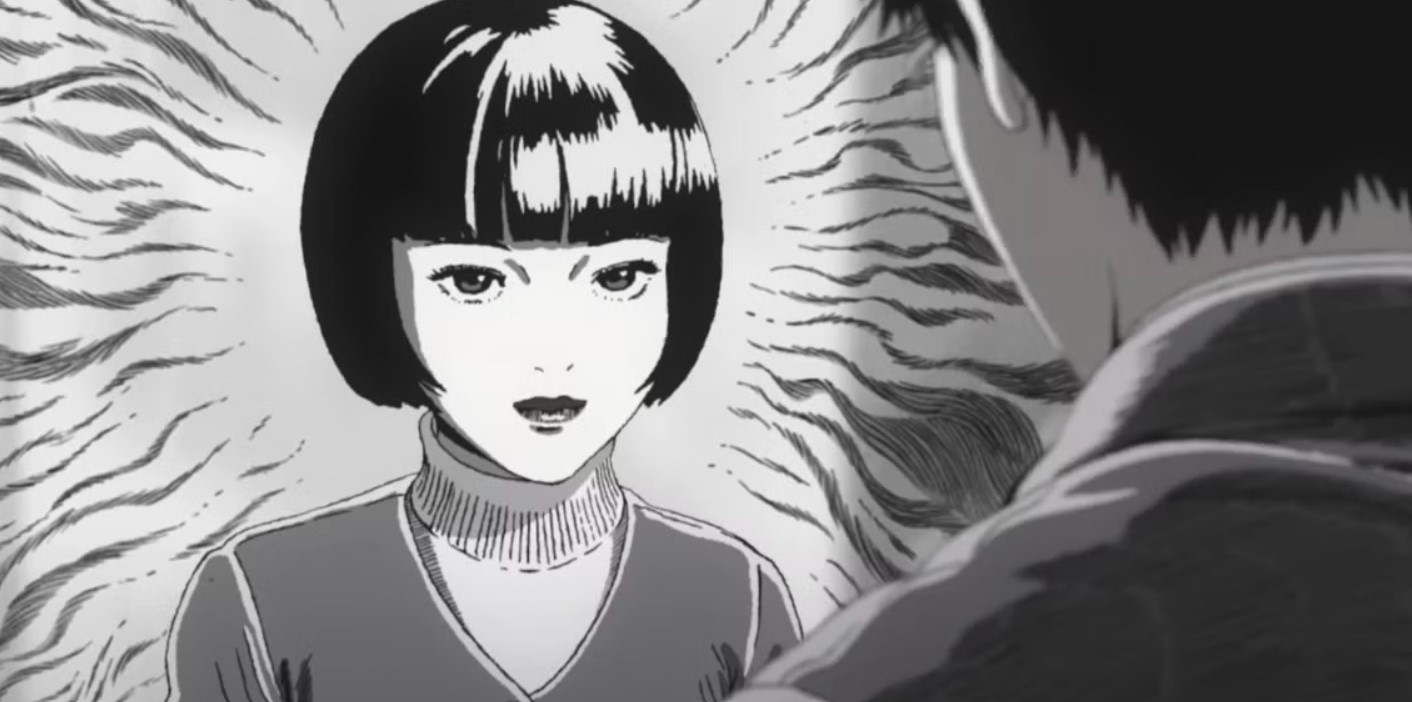
In Uzumaki, the creepy little town of Kurouzu-cho gets hit with a bizarre curse that turns everyday life into a horror show of spirals. It all starts with a guy who becomes obsessed with spirals, twisting himself into one before his life (and body) unravels. Then a girl’s scar morphs into a spiral-shaped black hole, and people start turning into human snails. Spirals pop up everywhere—whirlpools trap the town, tornadoes tear through it, and the residents can’t escape as the curse digs deeper into their lives. The manga's haunting imagery sticks with you long after you put it down, so fans naturally expected the anime to bring that nightmare fuel to the screen. With Adult Swim, Production I.G., and Junji Ito himself hyping it up, hopes were sky-high. But once the episodes hit, that hype turned into a spiral of disappointment.
The anime announcement in 2019 had us all pumped. Imagine a four-episode, black-and-white mini-series that captures Junji Ito’s disturbing art style and spine-tingling atmosphere. Ito’s manga is all about psychological horror, body horror, and pure weirdness, so an anime adaptation seemed like a horror masterpiece in the making. Directed by Mushishi’s Hiroshi Nagahama, with Adult Swim and Production I.G. on board, Uzumaki looked set to be the Junji Ito adaptation we’d all been waiting for. But after delays pushed the release from 2022 to 2024, things started feeling a little shaky. And when it finally dropped? Let’s just say, it was far from the nightmare we’d been promised. So what happened?
Animation Woes: A Quality Spiral
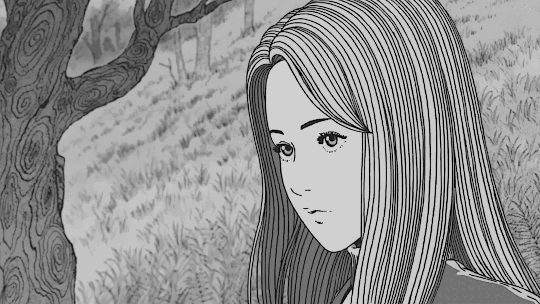
The animation in Episode 1 is amazing. Too bad the rest of the episodes aren’t the same.
The biggest critique? The animation quality. Uzumaki is known for its stark, haunting visuals — something the anime adaptation tried to replicate but with inconsistent results. Episode 1 was praised for its eerie, effective visuals, sticking close to the original manga’s black-and-white aesthetic and capturing the unsettling essence of the town and its residents. But as the series progressed, the quality took a noticeable dip. Episode 2’s visuals went viral, not for being scary, but for looking unfinished and awkward.
Fans quickly realized that Uzumaki’s production seemed rushed. Jason DeMarco, one of the executive producers, hinted on social media (in now-deleted posts) that the series faced serious behind-the-scenes struggles. Corners were cut to meet deadlines, and it showed. Animation frames looked choppy, character movements were stiff, and the once-promising adaptation became hard to take seriously.
Why did the animation drop off so drastically? While the exact reasons might never be clear, production challenges and tight timelines likely forced the team to make tough choices. It’s a reminder of how difficult it is to translate Junji Ito’s meticulously detailed art into anime form— especially on a schedule that’s more terrifying than the story itself.
The Pacing Problem: Too Much, Too Fast
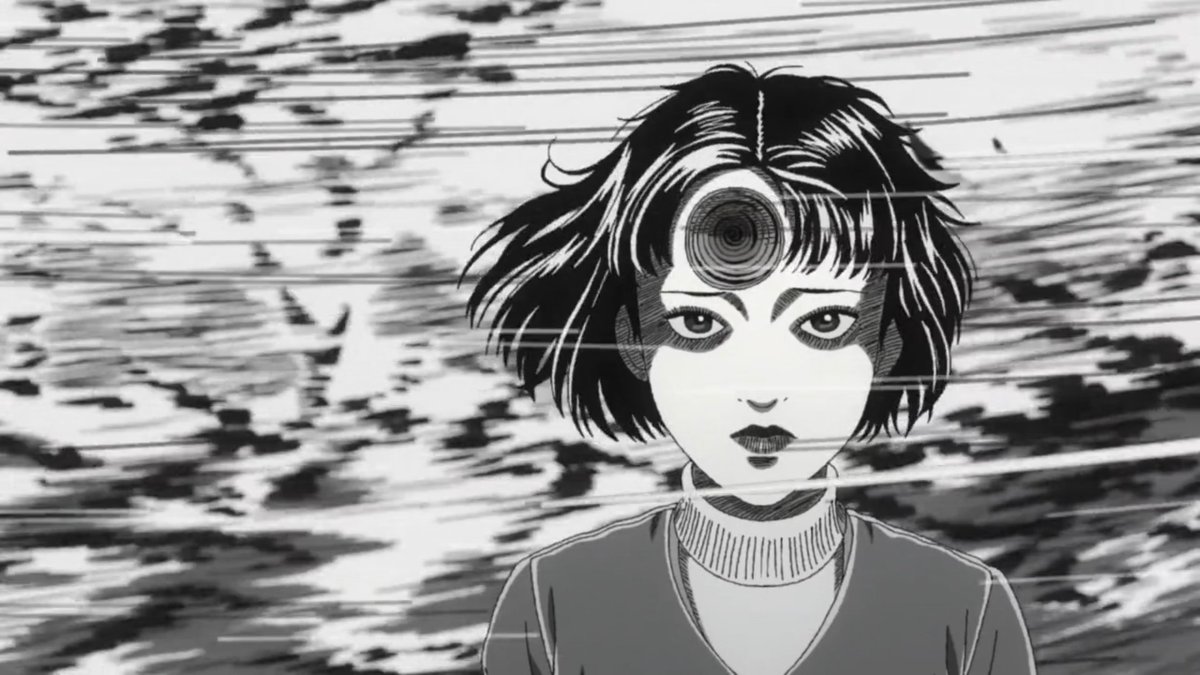
Another glaring issue with Uzumaki was the pacing. In the manga, Junji Ito lets the horror of each situation settle in. Readers can linger on each disturbing detail and let the tension build slowly. But in the anime, each episode felt like a whirlwind. Instead of taking time to let the creepy, crawling terror build up, the anime often rushed from one disturbing scene to the next without giving viewers time to process what they’d just seen.
A perfect example is the story of Mitsuru, a student with a terrifying habit of jumping out to scare people. In the manga, Mitsuru meets a grim fate when he’s hit by a car, only to come back as a monstrous “Jack-in-the-Box” creature, stalking his former crush from beyond the grave. The slow buildup to his return as a twisted abomination is what makes the story so effective. In the anime, however, Mitsuru’s transformation is rushed, popping up with barely any suspense before he’s gone again. Fans missed the sense of dread and horror that Ito’s pacing builds so masterfully.
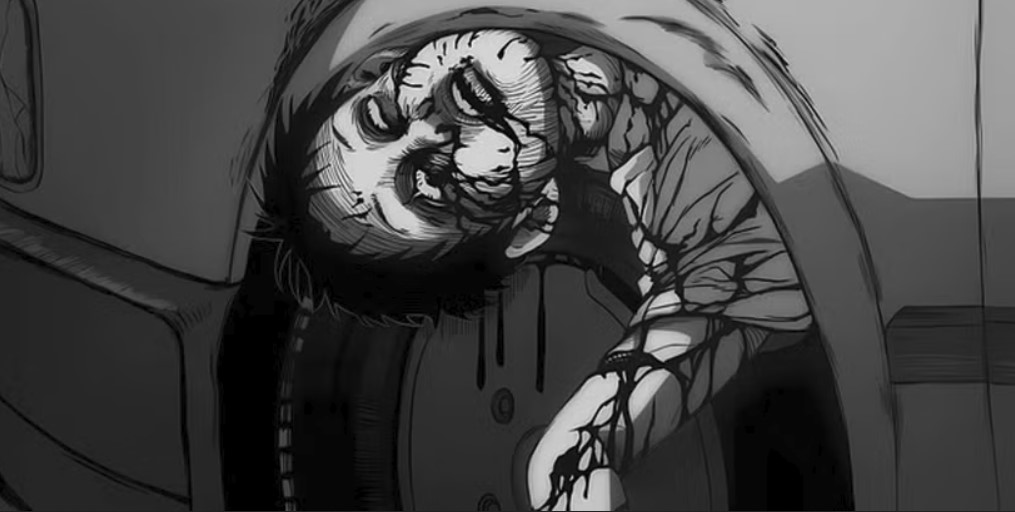
Mitsuru, as seen in the anime.
With just four episodes, it’s as if the creators tried to pack in as much of the manga as possible, but this choice diluted the impact. Imagine if Uzumaki had been given six or eight episodes instead. The story could have been more than a collection of grotesque highlights; it could have recreated the relentless dread that builds in the manga.
An Episode Limit that Just Didn’t Fit

Given the rushed pacing, some fans wonder if a more focused approach might have been better. Imagine if the anime had simply focused on a few key stories rather than trying to squeeze in as many as possible. An extended format, with a longer runtime, would have allowed Uzumaki to explore each story more deeply. The series could have given the audience time to become familiar with the town of Kurouzu-cho and its residents, making each character’s fate feel all the more tragic.
In retrospect, releasing just one or two carefully-crafted episodes might have left a stronger impression. Just as Berserk (1997) used a limited anime run to promote its source material, Uzumaki could have honed in on a single storyline as a showcase for Ito’s style, leaving viewers hungry for more.
What Did Uzumaki Get Right?
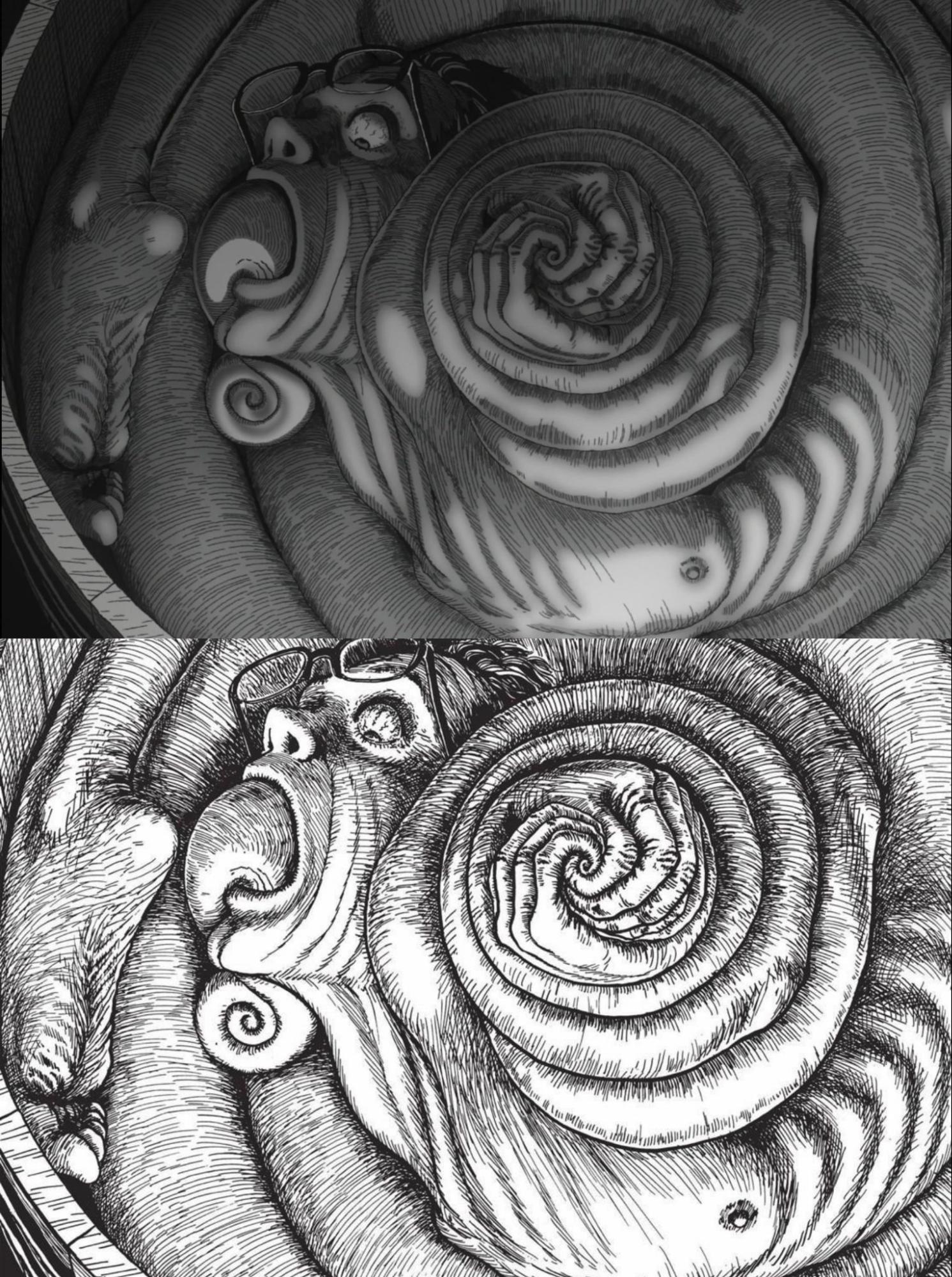
Uzumaki: Anime vs. Manga.
It wasn’t all bad! Let’s give credit where it’s due. Despite its flaws, the Uzumaki anime did deliver a few genuinely eerie moments. Episode 1, with its crisp black-and-white style, successfully captured the feeling of watching Ito’s manga come to life. And Colin Stetson’s haunting soundtrack deserves special mention. The music added a layer of atmospheric dread that resonated well with Ito’s horror, underscoring the isolation and fear of Kurouzu-cho.
The story of the pregnant women in Episode 3, who develop a terrifying thirst for blood to sustain their unborn children, was particularly skin-crawling. It reminded fans that, even when imperfect, there’s something truly unsettling about seeing Ito’s visions animated. And despite the limitations of the animation, there are moments where the visuals come close to Ito’s iconic horror aesthetic.
Where Do We Go From Here?
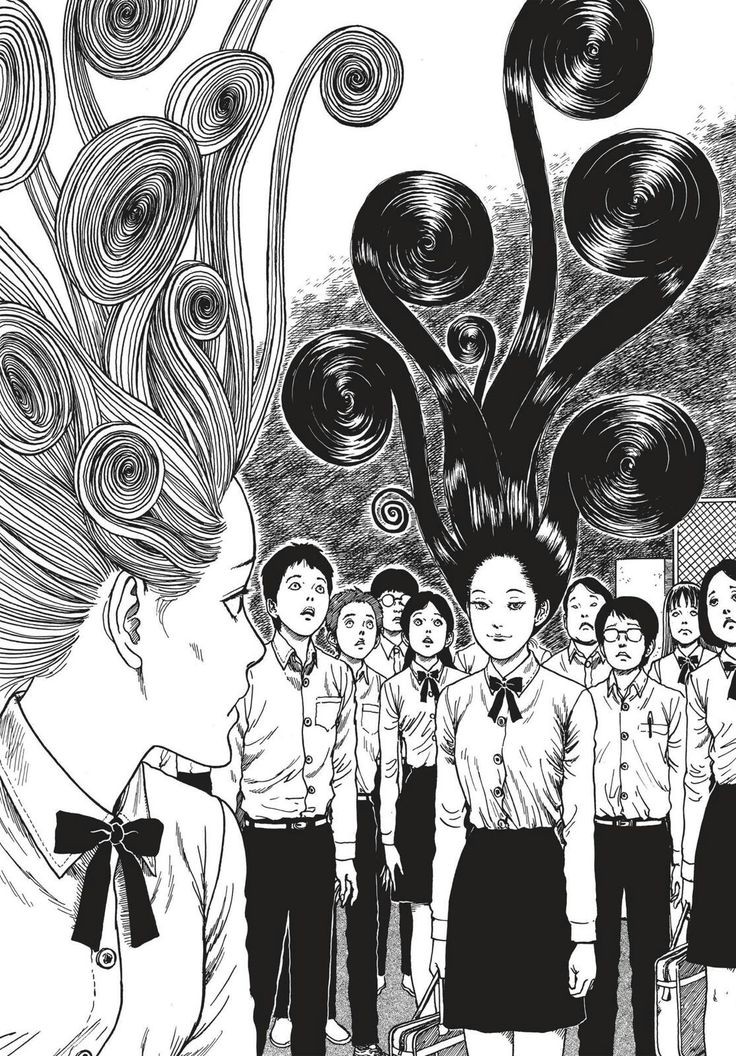
Even after all these years, Junji Ito’s artwork in Uzumaki remains timeless.
Uzumaki might not have lived up to fans’ high expectations, but its adaptation brings up an important question: can Junji Ito’s horror truly be adapted for the screen? Ito’s work is deeply rooted in a unique visual style that’s difficult to replicate without losing some of its haunting qualities. The Junji Ito Collection and Junji Ito Maniac: Japanese Tales of the Macabre also struggled with this, showing how challenging it is to translate his slow-burning horror to animation.
While Uzumaki may have stumbled, there’s still hope for future Ito adaptations. Maybe the answer isn’t in trying to adapt entire volumes of Ito’s work but in focusing on shorter stories or even one-off episodes that allow for the detail and pacing his horror requires. Uzumaki’s adaptation proves that with enough care and resources, some of his visions can work in animation—but the execution has to be precise.
Final Thoughts
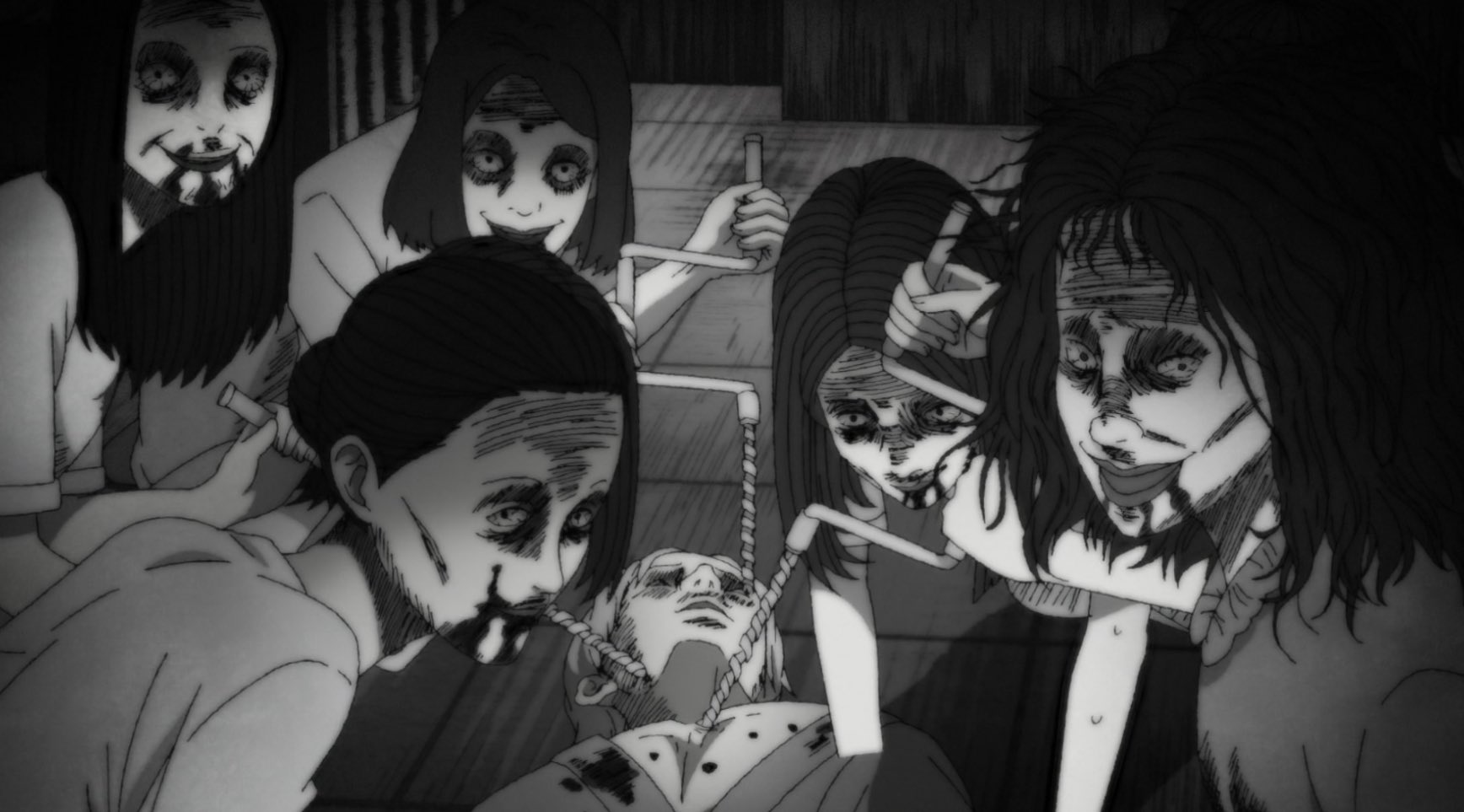
Despite the drop in animation quality, at least some scenes still look creepy enough to induce nightmares.
Watching the Uzumaki anime unfold was a bit like watching a beautiful nightmare slowly unravel. What started as a bold, highly anticipated adaptation turned into a chaotic scramble to the finish line. There’s no denying it fell short of expectations, but in a way, the series still achieved something remarkable. It reminded us that Junji Ito’s horror is something truly unique—something that may be almost impossible to fully capture outside of the manga.
Uzumaki will likely go down as one of those anime adaptations that’s fascinating to dissect, even if it didn’t hit the mark. For Junji Ito fans, it’s bittersweet, but it also leaves us hoping for the day someone finally gets it right. Horror isn’t easy to pull off in anime, but as we’ve seen in glimmers throughout Uzumaki, it can be done. So here’s to future nightmares and perhaps, someday, a Junji Ito adaptation that finally does justice to the spiral.
If you’re interested in Uzumaki, you can watch the anime first, then grab the manga and dive into more of Junji Ito's works in our extensive selection here at ZenPlus, shipped to you straight from Japan!
OFFICIAL TRAILER: Uzumaki | adult swim
TEASER: Uzumaki | Coming September 28 | adult swim
What do you think?
Why did the anime's quality take a sudden dive?
How many episodes would Uzumaki need to avoid pacing problems?
What's causing all these production issues with the series?
Let us know in the comments or drop us a line on social media: X (formerly Twitter), Instagram, Facebook! We’d love to hear from you!
ZenPlus is your one-stop shop for all things Japanese. Check out our marketplace for manga volumes, cosplay, figures, and other merch from the Uzumaki franchise!
You can watch Uzumaki on Prime Video, Max, and will soon be available on Netflix.
About the Writer
Cristy is a freelance artist and writer who has been obsessed with anime and manga since childhood. Her love for these imaginative worlds fuels her creative endeavors, and she shows no signs of stopping anytime soon.

